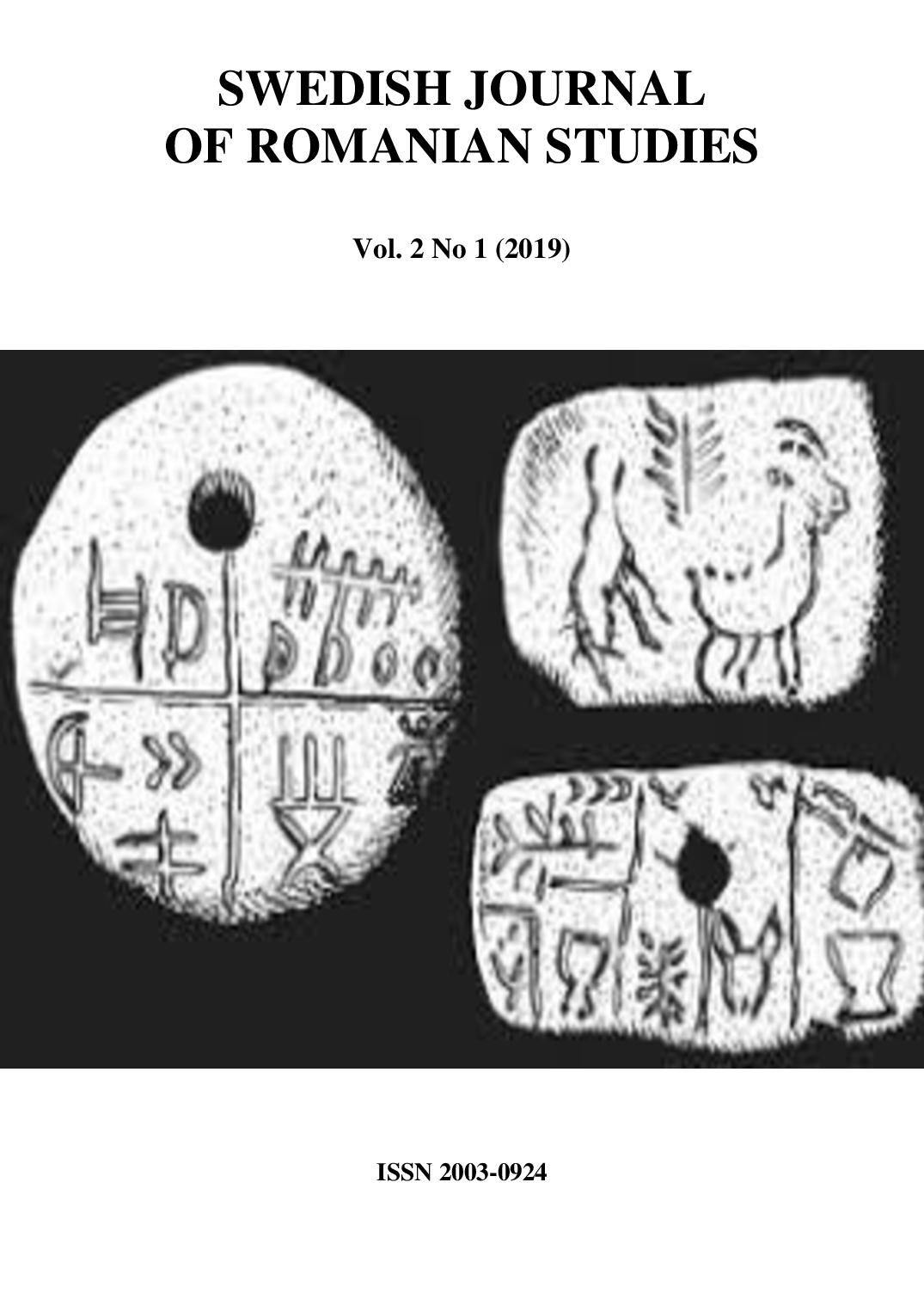DramAcum – The New Wave of Romanian contemporary dramaturgy
DOI:
https://doi.org/10.35824/sjrs.v2i1.18816Keywords:
contemporary dramaturgy, in-yer-face, verbatim, Romanian dramaturgy, DramAcum projectAbstract
During the nineties, a new theatrical trend developed. It was called New European Drama or New Writing. It was represented by authors such as the British Sarah Kane, Mark Ravenhill or the German playwright Marius von Mayernburg. The classical theatre will never be able to return to itself, unless giving the spectator the utopian sense of life that only a staged play could perform, not from a delusive perspective, but from a real and personalized perspective, giving a certain meaning to reality. Being against the conservatory type, the authors put an end to all the theatrical conventions. They considered that it had to come to a point of changing the old patterns, of introducing new themes, new structures, new means of performing in the attempt of seducing and shocking the audience. Most of the dramatic texts focus on the plots about hard human existence such as racism, madness, suicide, sexuality, drug addiction and any type of abuse. The language is vulgar and slangy. All the dramatic texts when performed on stage invade the personal space of the people watching, who is now considered one of the characters. It is not only the dramatic text that is taken into consideration, but the performance itself. The new type of theatre developed in Russia, Poland and Romania, giving specific projects (Teatr.doc, The Drama Laboratory and DramAcum). All were influenced by the verbatim dramatic style performed in theatres under the slogan of the in-yer-face. The study intends to explore the importance of the Romanian theatrical project – DramAcum, as a new type of theatre and dramaturgy.
References
Artaud, A. (2018). Teatrul și dublul său urmat de Teatrul lui Séraphin și alte texte despre teatru / The Theatre and Its Double followed by The Theatre of Séraphin and Other Texts about Theatre, trans. by Voichița Sasu, Diana Tihu-Suciu. București: Ed. Tracus Arte (Original work published 1938).
Austin, J.L. (1975). How to Do Things with Words. Boston: Harvard University Press. https://doi.org/10.1093/acprof:oso/9780198245537.001.0001
Brook, P. (1996). The Empty Space. New York: Simon & Schuster (Original work published in 1968).
Esinescu, N. (2006). Fuck you, Eu.ro.pa!. Paris: L’Espace d’un instant.
Mandea, N. (2006). Teatralitatea un concept contemporan / Teatrality a Contemporary Concept. București, UNATC Press.
McAuley, G. (2007). ”Performance Analysis: Theory and Practice” in About Performance, no. 4, 1-14.
Sierz, A. (2001). In-yer-face Theatre: British Drama Today. London: Faber and Faber.
Popovici, I. (2008). Un teatru la marginea drumului / A Theatre on the Edge. București: Cartea Românească.
Webography:
Cărbunariu, G. (2003). Stop the Tempo. http://editura.liternet.ro/carte/fraghtml/111/ Gianina-Carbunariu/Stop-the-Tempo.html
Manolescu, M. (2007) Sado-Maso Blues Bar. http://www.textextract.ro/en/14-fragmente-texte/fragmente-text/60-sado-maso-blues-bar-fragmente.html
Downloads
Published
How to Cite
Issue
Section
License
Copyright (c) 2019 Carmen Dominte

This work is licensed under a Creative Commons Attribution-NonCommercial 4.0 International License.
Authors who publish with this journal agree to the following terms:
a. Authors retain copyright and grant the journal right of first publication with the work simultaneously licensed under a Creative Commons Attribution-NonCommercial 4.0 International License that allows others to share the work with an acknowledgement of the work's authorship and initial publication in this journal.
b. Authors are able to enter into separate, additional contractual arrangements for the non-exclusive distribution of the journal's published version of the work (e.g., post it to an institutional repository or publish it in a book), with an acknowledgement of its initial publication in this journal.
c. Authors are permitted and encouraged to post their work online (e.g., in institutional repositories or on their website) prior to and during the submission process, as it can lead to productive exchanges, as well as earlier and greater citation of published work (See The Effect of Open Access).

